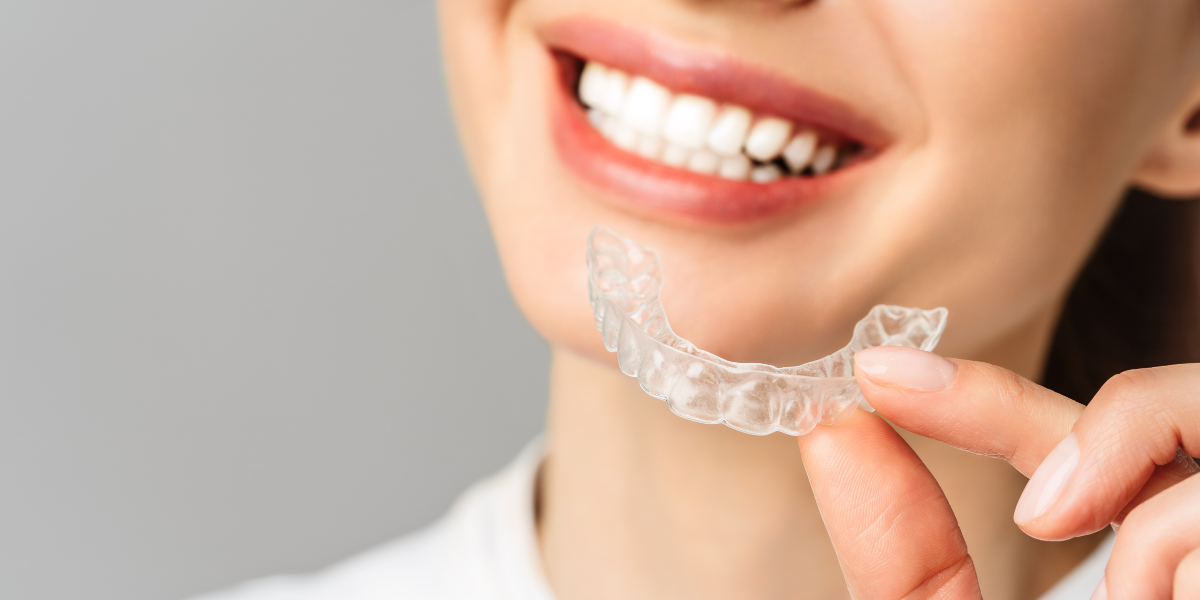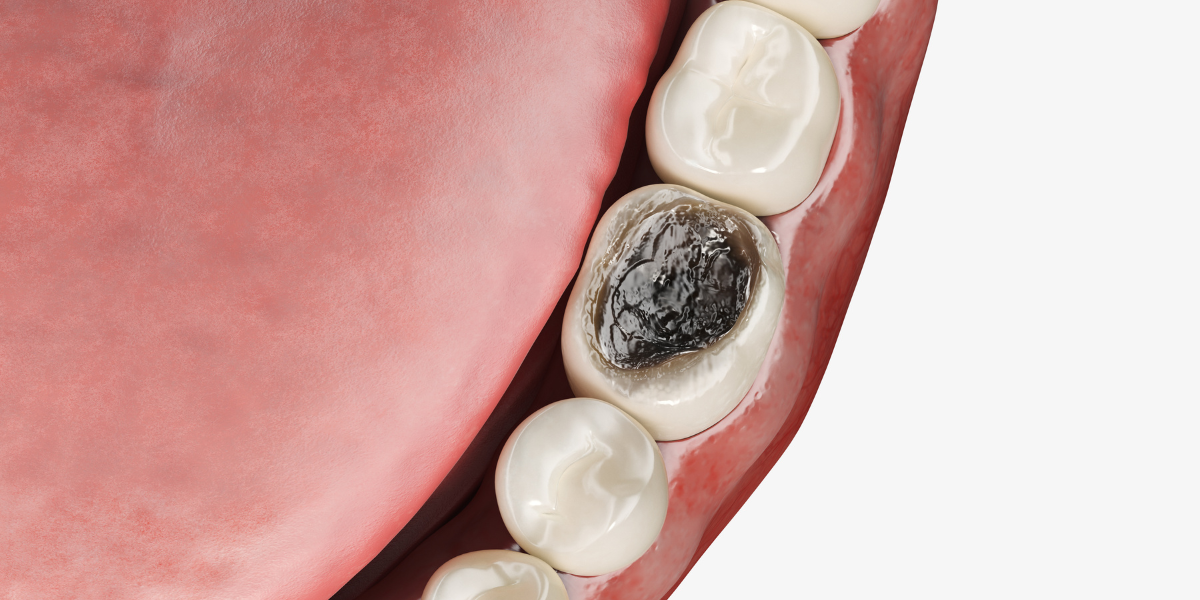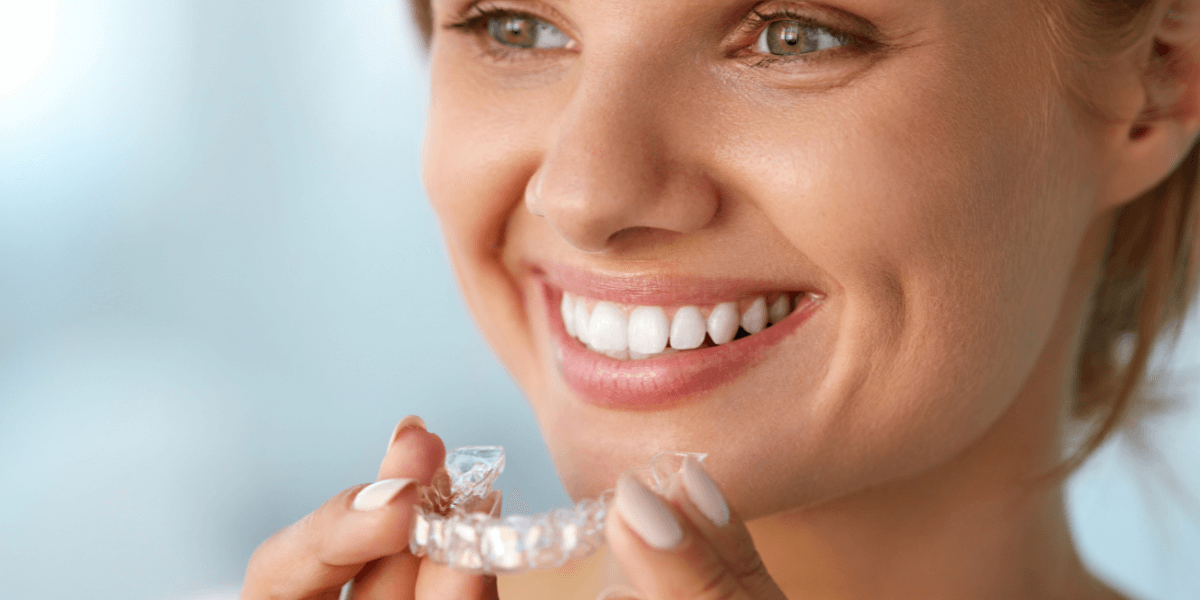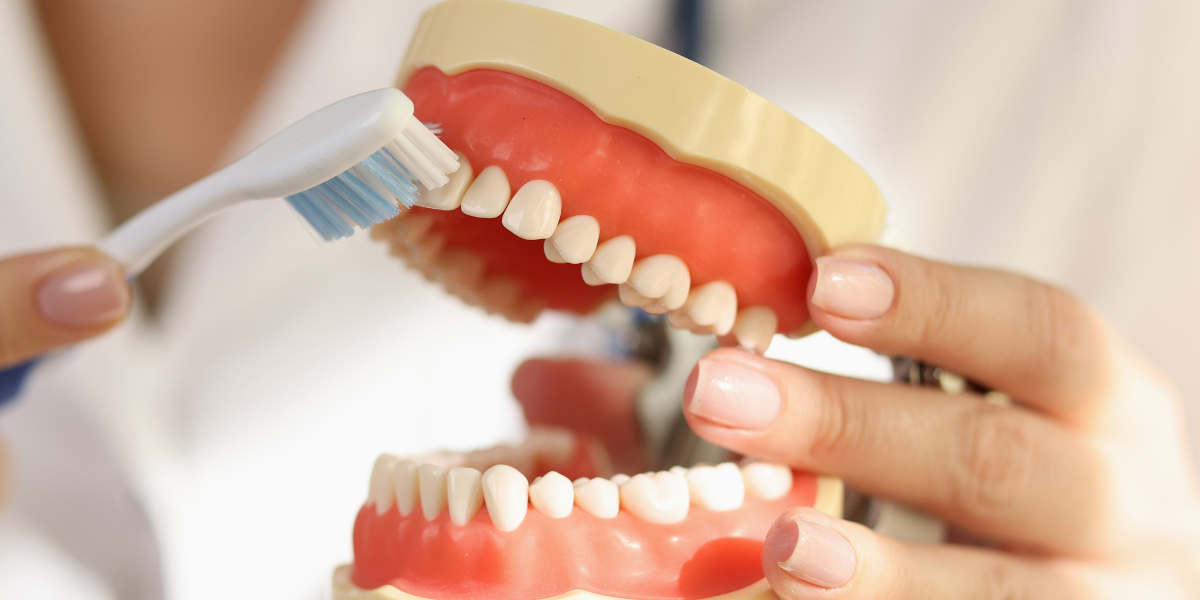Why custom-fitted whitening trays are still the best in 2023

Custom whitening trays are the most effective because they are fitted to keep the whitening agent in perfect contact with every angle of the teeth. To complement the whitening application, the trays can deliver desensitizing gel treatments that nourish the teeth and soothe sensitivity, providing the most comfortable whitening experience.
Has the new year brought new advances in whitening or are the tried and true options still the best? Read on to find out.
In-office teeth whitening options
The most common type of in-office teeth whitening is the application of a professional strength whitening gel. With this method, check retractors are placed to hold the lips and cheeks away from the teeth. Then, a special material is placed onto the gums to protect them. In some cases, a high-intensity light is then placed close to your mouth to help increase the effect of the whitening gel. While this method of whitening is fast and effective, it is also pricier than some other options, often costing several hundred dollars. Furthermore, tooth sensitivity can be more severe with this type of whitening than with other options.
Over the counter teeth whitening
There are numerous over the counter products for tooth whitening, including toothpastes, strips, non-custom-fit trays, light activated whitening trays, paint on gels in the form of pens and even gels applied with a small spatula. While many of these options produce results, they also come with drawbacks. For instance, paint-on products can be cumbersome to apply. Furthermore, whitening strips and non-custom-fit trays apply peroxide gel not only to the teeth, but to the gums as well. While peroxide gel is perfectly safe when applied to the teeth, it causes irritation, burning, and even sloughing when applied to gums.
What to avoid
There are safe ways to whiten your teeth, and then there are methods that are downright harmful. Avoid DIY whitening techniques, especially those that include mixing together ingredients from your kitchen. One common example on the internet includes mixing lemon juice with an abrasive like salt, and using this concoction to brush your teeth. This is incredibly harmful to your teeth! Lemons are very acidic and eat away at your enamel, causing permanent damage. It’s also best to avoid ultra-abrasive whitening toothpastes. Always look for the American Dental Association’s seal of approval on toothpaste packaging, which ensures the paste you have chosen is safe and effective [1].
Why custom-fit whitening trays are still the best option
Even though there are more whitening options available than ever, the best choice is still custom-fit whitening trays. They are crafted in order to fit you and only you! They are designed to protect your gums from the peroxide gel by keeping it from squishing up over your gums to keep you comfortable. This method of whitening also causes less tooth sensitivity than in-office whitening. There are even options available for sensitive teeth, such as the addition of a desensitizing toothpaste or gel. Custom-fit trays are safe, effective, and more comfortable than the other options out there.
Pro tips for whitening your teeth
Brush your teeth gently with a toothbrush dampened with water before bleaching. This will remove any plaque that could get in the way without adding any barrier between the gel and your teeth. Apply a very small amount of whitening gel into the trays. The gel should not squish up onto your gums. If it does, you’ve used too much. After removing the trays, clean them well and brush your teeth with toothpaste. Try to avoid staining foods and drinks for two or three days after whitening to protect your newly white smile. Lastly, whitening on a regular basis after you have achieved your desired shade (once per month if you are prone to staining, or less often if you aren’t) will help to keep your smile stunning!
- American Dental Association. (n.d.) ADA Seal of Acceptance. https://www.ada.org/resources/research/science-and-research-institute/ada-seal-of-acceptance







